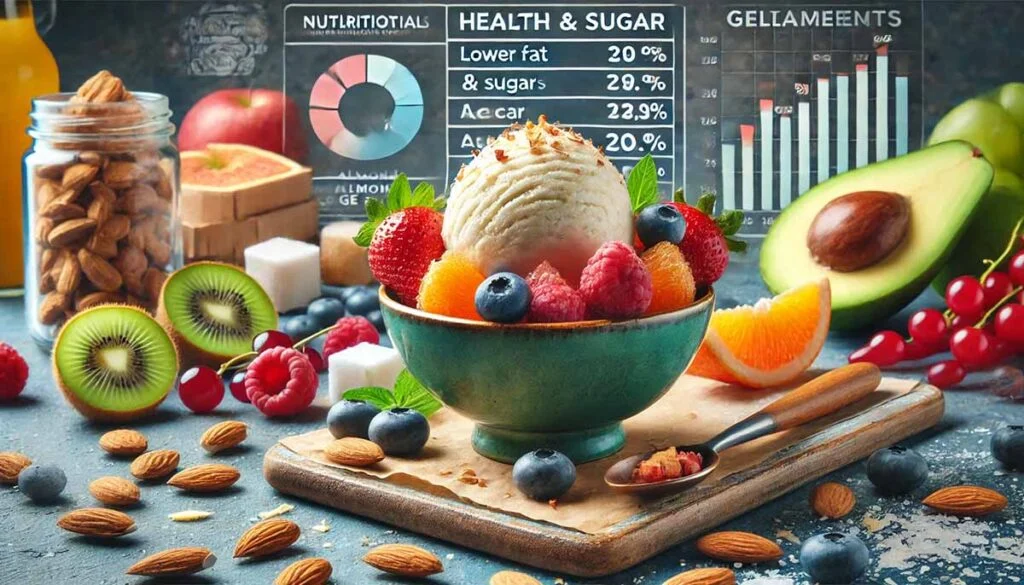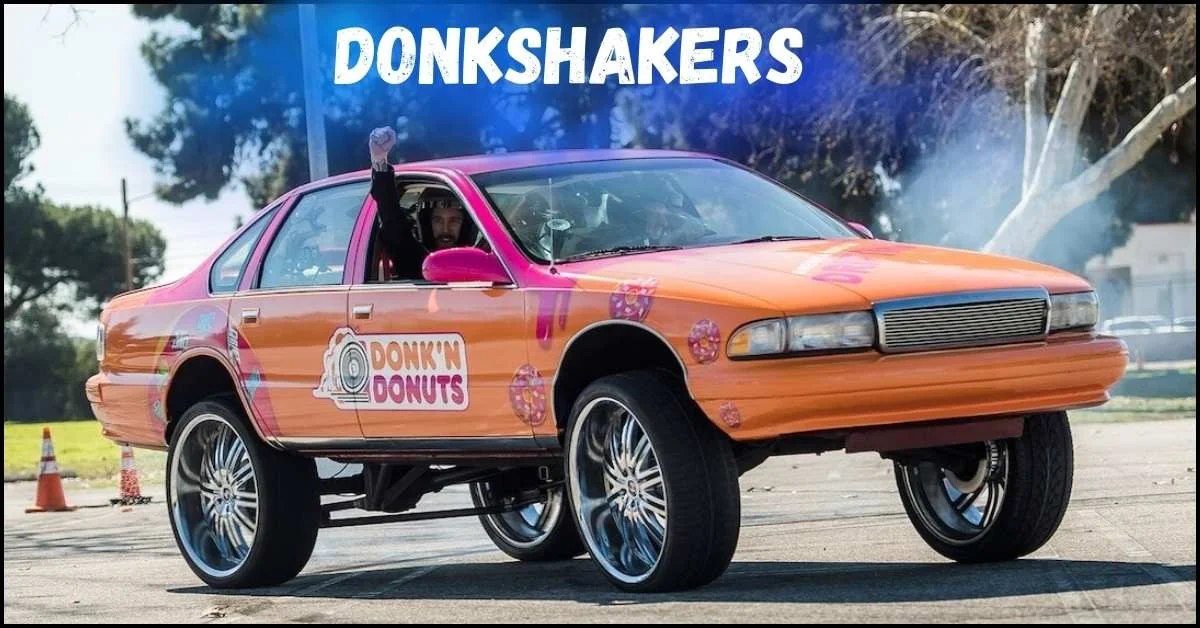The Universal Product Code (UPC) 810043986496 is a unique identifier in the retail world, used to track and categorize items for inventory, sales, and distribution. Each UPC reveals essential information about a specific product, including the manufacturer, the product’s category, and other unique identifiers. This article will dive into what we know about UPC 810043986496, as well as how consumers can interpret similar codes.
What Is a UPC and How Does It Work?
A UPC is a 12-digit number attached to products in the retail sector, helping businesses and consumers quickly identify items. The first six to nine digits in a UPC represent the manufacturer’s identification number, while the remaining digits indicate the specific product and serve as a check digit to verify the code’s accuracy. This system is widely recognized and used globally, allowing seamless transactions and tracking from warehouses to store shelves.
Product Details: Decoding UPC 810043986496
When we examine UPC 810043986496, it is clear that this code aligns with a specific product that likely falls into a category based on the brand or type of item sold by its manufacturer. Unfortunately, without a connected barcode scanner or database lookup, precise details about this product are challenging to confirm immediately. However, interested parties can use online tools like the GS1 Company Database or popular retail sites like Amazon or Walmart to identify the product associated with this code.
How Consumers Can Verify UPC Codes
For those interested in learning more about products through UPCs, online databases and retail websites are a good start. Here are some steps consumers can take:
- Online UPC Lookup Tools: Websites like UPCDatabase.com or Barcodelookup.com allow users to enter a UPC and retrieve details about the corresponding product, including brand, product description, and sometimes even images.
- Retail Websites: Many large retailers, including Amazon, Walmart, and Target, allow users to search by UPC. Simply enter the code into the search bar to check if the product is listed for sale, which can reveal important details like pricing, availability, and reviews.
- Barcode Scanners: Mobile apps like ShopSavvy or ScanLife are practical tools for scanning barcodes directly from a smartphone. These apps can identify products, show prices, and indicate where they are sold.
Common Uses for UPC Lookups
Beyond product identification, UPCs play several important roles:
- Price Comparisons: Many shoppers use UPCs to compare prices across stores, ensuring they get the best deal possible.
- Inventory Tracking: For businesses, UPCs streamline inventory management, making it easier to track stock levels and product movement.
- Quality Control: By scanning UPCs, companies can identify specific batches of products, which is particularly valuable for recalls or quality control processes.
Conclusion
UPC 810043986496 remains a valuable identifier, but to fully understand its details, checking with a UPC lookup tool or retailer database is key.
FAQs
1. What product is associated with UPC 810043986496?
- UPC 810043986496 is linked to a specific product, but the exact details aren’t immediately available without a database lookup. To identify the product, use an online UPC lookup tool or search the code on a major retailer’s website like Amazon or Walmart.
2. Where can I find more information about this UPC code?
- You can search for more information by entering the code into popular UPC lookup websites like UPCDatabase.com or BarcodeLookup.com. You can also search directly on major retailer websites, which often list products by UPC.
3. How does a UPC code work?
- A UPC code is a 12-digit number that uniquely identifies a product. The first part of the code indicates the manufacturer, while the remaining digits represent the specific item and a check digit to verify accuracy. This system helps with inventory tracking, pricing, and product identification.
4. Can I use a UPC to compare prices?
- Yes! UPC codes are commonly used for price comparisons. Entering the UPC on price comparison websites or apps (like ShopSavvy or Google Shopping) can help you find the best deals from various retailers.
5. Where can I find UPC 810043986496 in stores?
- While store availability can vary, you can try entering the UPC into the websites of popular retailers to see if it’s available for online purchase or local pickup. Many stores, including Walmart, Target, and Amazon, allow searches by UPC.
6. Is this UPC code valid internationally?
- Yes, UPC codes are often used internationally, although some countries may use other barcode systems, like EANs. Most retail systems can read UPCs and their equivalents, especially in North America.
7. How do I scan a UPC code on my phone?
- Many mobile apps can scan UPCs using your phone’s camera, such as ScanLife, ShopSavvy, and Google Lens. Just open the app, align the camera with the barcode, and it will display information about the product, where it’s sold, and pricing.
8. What should I do if I can’t find any information on this UPC code?
- If a UPC lookup yields no results, it’s possible the product is less commonly listed or new to the market. Consider contacting the manufacturer directly for more information or trying other UPC lookup databases.
9. Can UPC codes help with product recalls?
- Absolutely. Manufacturers and retailers often use UPC codes to manage recalls effectively. If you’re aware of a recall, you can check your product’s UPC to confirm if it’s affected.
10. Are there any fees for using UPC lookup tools?
- Most basic UPC lookup tools are free, though some advanced tools or apps may have premium features requiring payment.











